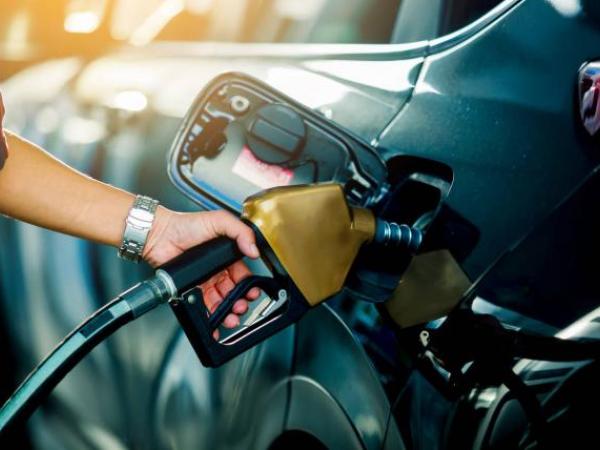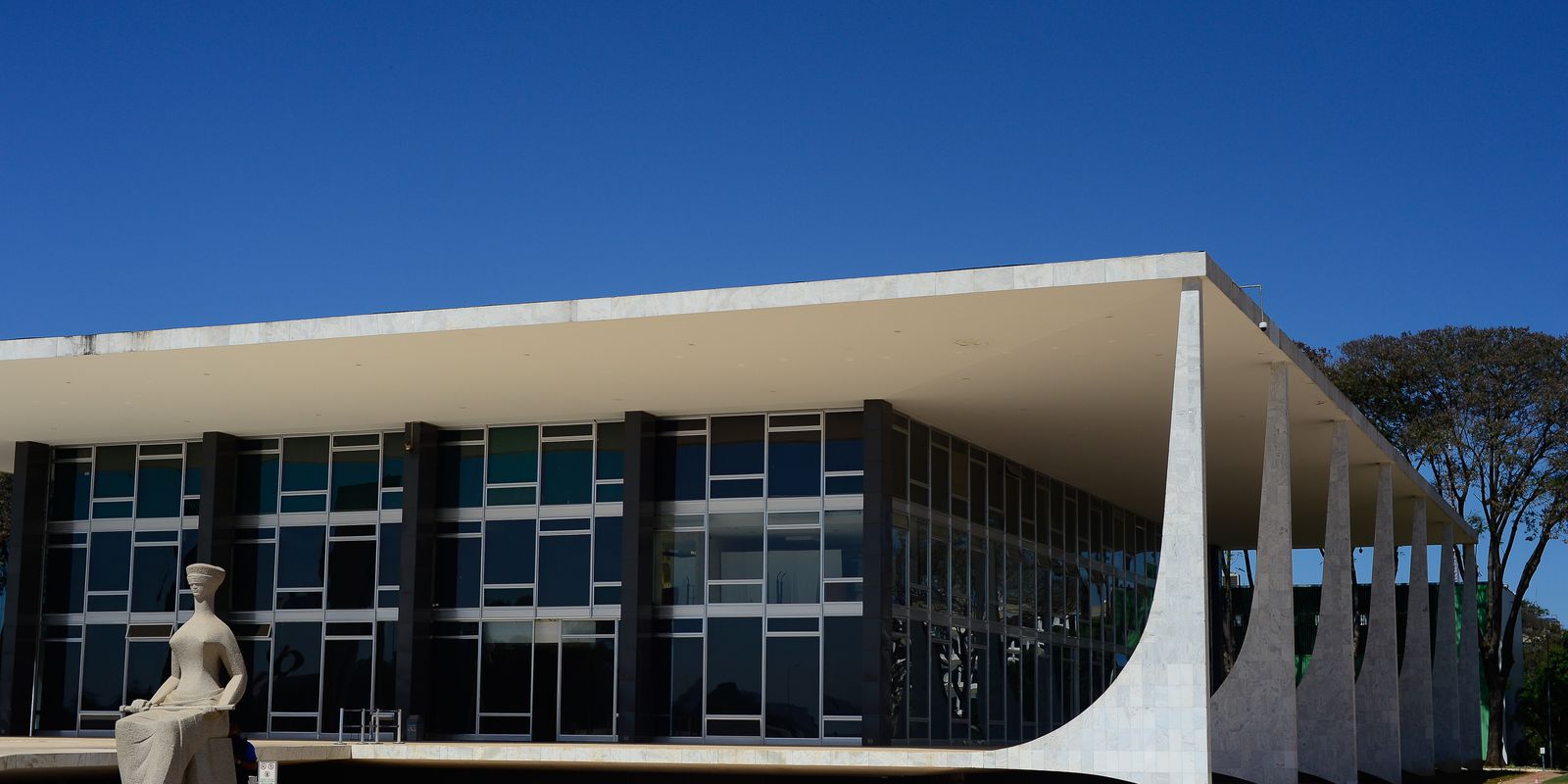Since 2007, with the creation of the Fuel Price Stabilization Fund (FEPC) and the subsequent application and modification of a price calculation formula, sought to save resources when the international price falls to use them and stabilize the domestic price at times of increases in oil and fuel.
(Read: Increase in the price of LPG would affect some 12 million people).
However, due to variables such as the unconstitutionality of the scheme that made it possible not to transfer all the reductions in the international price to consumers in order to make said savings, the determination of internal reference rates and variables that define the international parity price, Until 2019, the FEPC accumulated total red balances of 14.2 trillion pesos.
At the time, these resources were backed by the Government, as a creditor, through different mechanisms, such as issuance of debt securities (TES), in such a way that the resources were accounted for as unpaid accounts and were not in the country’s fiscal balance.
But in 2021, after the pandemic crisis and the beginning of the reactivation, factors such as the increase in the demand for fuel and the low supply of oil, together with the rise in the dollar, among others, led to once again open a gap, which for that year totaled 11.4 billion and that under current conditions would reach to 25 billion pesos in 2022according to data from the recent medium-term fiscal framework presented by the Minister of Finance, José Manuel Restrepo, this week.
That is why the Ministry of Mines and Energy announced that as of this July 2 the gallon of diesel and gasoline will increase by 150 pesos.
This implies that in the 13 main cities the gallon of gasoline cIt will cost $9,180 and diesel $9,018.
The increase had been announced by the portfolio minister, Diego Mesa, who assured that the reduction in biodiesel prices made the fit a larger size.
However, the increase is less than what the Government had budgeted in accordance with the Medium-Term Fiscal Framework. According to that report, the increases should have been 200 pesos in June and another 200 in July.
(Also: Increases in gas cylinders are coming due to the end of the subsidy).
To date, fuels in Colombia cost about half the international value. For this reason, the Ministry of Finance advised the next government to use public resources in addition to monthly increases of 400 pesos for gasoline and 250 pesos for diesel until that gap is closed between 2023 and 2024.
In the event of not having had the operation of the FEPC, the price of regular motor gasoline would have been approximately $6,500 above the current average sale price. In the case of diesel, it would have been approximately $9,500 above the asking price recorded in this time period.
BRIEFCASE
With information from EL TIEMPO*








